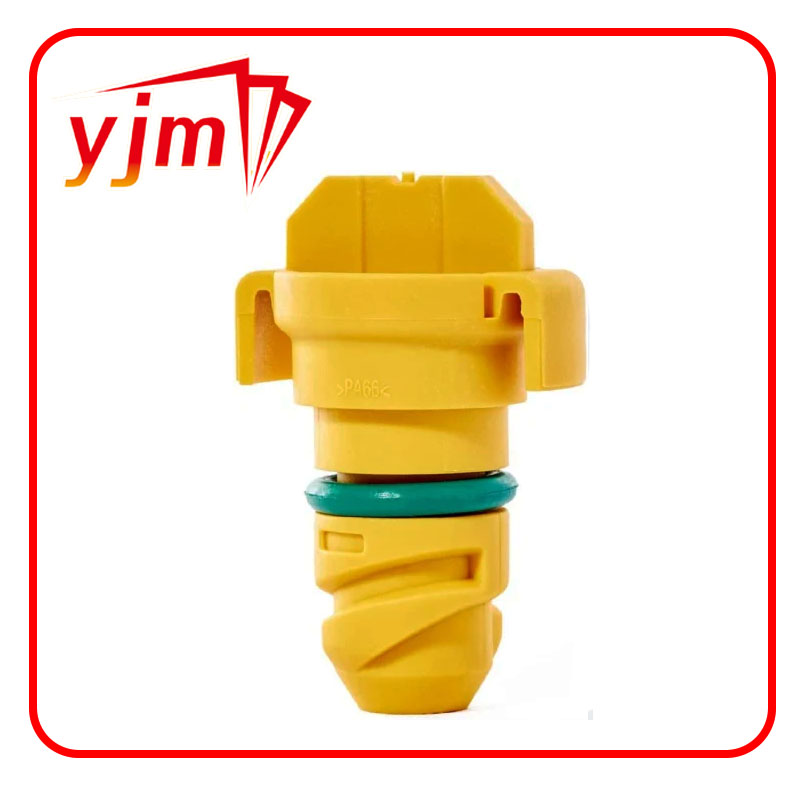drive shaft dust seal
Understanding Drive Shaft Dust Seals Importance and Maintenance
Drive shafts are critical components in a vehicle's powertrain, transferring torque from the engine to the wheels. To ensure their optimal performance, various protective mechanisms are employed, among which the drive shaft dust seal plays an essential role. This article explores the importance of drive shaft dust seals, their function, and guidelines on how to maintain them effectively to prolong the life of your vehicle.
What is a Drive Shaft Dust Seal?
A drive shaft dust seal is a protective barrier located at the joint of the drive shaft, preventing debris, dirt, and moisture from entering the sensitive areas of the drivetrain. Typically made from rubber or a specialized polymer, dust seals are designed to endure harsh conditions, including exposure to heat, cold, and varying environmental factors. Their main purpose is to keep lubricants inside the system while preventing contaminants from entering, thus ensuring the drive shaft operates smoothly and efficiently.
Importance of Dust Seals
1. Contamination Prevention The primary function of dust seals is to keep dirt, dust, and other contaminants out of the drive shaft assembly. Contaminants can lead to significant wear and tear on components such as bearings and joints, leading to premature failure.
2. Lubrication Retention Drive shafts require proper lubrication to function correctly. Dust seals play a crucial role in retaining grease within the assembly, minimizing friction and heat generation. This lubrication keeps parts moving smoothly and extends their lifespan.
3. Reduced Maintenance Costs By effectively preventing contaminants from entering the drivetrain, dust seals help reduce the frequency of maintenance and repairs. This can lead to significant cost savings for vehicle owners, as well as improved reliability.
4. Enhancing Performance A well-functioning drive shaft equipped with a proper dust seal operates more efficiently, leading to improved vehicle performance. This includes better acceleration and handling, contributing to a better overall driving experience.
Signs of Dust Seal Failure
Over time, dust seals can wear out due to the harsh conditions they face. Here are some signs that indicate a potential failure
- Grease Leakage If you notice grease leaking from the area around the drive shaft, this can indicate that the dust seal has failed, allowing lubricant to escape and contaminants to enter
.drive shaft dust seal

- Noise Unusual noises such as clicking or popping sounds while driving can signal that the drive shaft is not operating smoothly, often due to debris entering the system.
- Vibration Excessive vibration, especially during acceleration, can suggest that the drive shaft is damaged, potentially due to a compromised seal.
- Visual Inspection Regular visual checks can reveal cracks, tears, or other signs of wear on the dust seal. Any visible damage should be addressed promptly to prevent further issues.
Maintenance Tips
Maintaining drive shaft dust seals is crucial for the longevity of your vehicle's drivetrain. Here are some preventive measures
1. Regular Inspections Check the condition of the dust seals during routine maintenance or oil changes. Look for signs of wear, cracking, or any damage that may require replacement.
2. Environmental Considerations Avoid driving in extremely harsh conditions whenever possible. Excessive exposure to water, mud, or off-road conditions can accelerate wear on dust seals.
3. Lubrication Ensure that the drive shaft and its components are adequately lubricated. Consult your vehicle’s manual for recommended lubrication intervals and types to use.
4. Professional Assistance If you suspect an issue with the dust seals or the drive shaft assembly, it is recommended to seek help from a qualified mechanic. Early intervention can prevent further damage and costly repairs.
Conclusion
Drive shaft dust seals are a vital yet often overlooked component of a vehicle’s drivetrain. By understanding their importance and paying attention to maintenance, vehicle owners can ensure the longevity and performance of their drive shafts. Regular inspections and addressing any signs of wear can significantly enhance the reliability of your vehicle, leading to safer and more enjoyable driving experiences. Emphasizing preventative care is not just about avoiding repairs; it’s about protecting your investment and keeping your vehicle running smoothly for years to come.
-
Simplifying Oil Changes: A Comprehensive Guide to Oil Drain Plugs and Their Variants
News Aug.04,2025
-
Mastering Oil Drain Maintenance: Solutions for Stripped, Worn, and Upgraded Oil Plugs
News Aug.04,2025
-
Fixing Oil Pan Plug Issues: Leaks, Stripped Nuts, and the Right Replacement Solutions
News Aug.04,2025
-
Everything You Need to Know About Oil Drain Plugs: Sizes, Fixes, and Upgrades
News Aug.04,2025
-
Choosing the Right Oil Drain Plug: A Guide to Sizes, Materials, and Drain Innovations
News Aug.04,2025
-
A Complete Guide to Automotive Drain Plugs: Types, Problems, and Innovative Solutions
News Aug.04,2025
-
The Ultimate Guide to Car Repair Kits: Tools and Essentials Every Driver Should Own
News Aug.01,2025
Products categories















